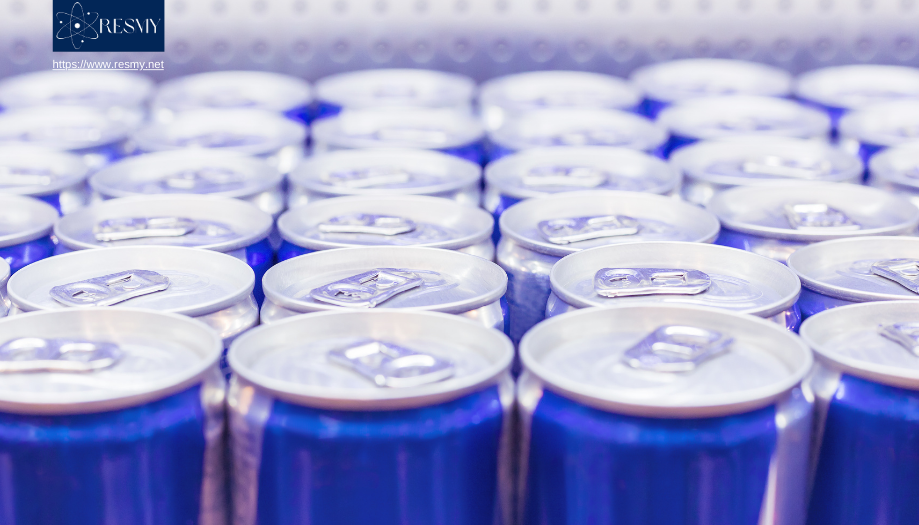More Research, New Ingredients:
The International Society of Sports Nutrition (ISSN) first issued a statement on energy drinks (EDs) in 2013. Since then, a surge of research has explored the effects of EDs on performance and cognition. Additionally, new data has emerged regarding the safety of these beverages. Furthermore, the ingredients in EDs have evolved over the past decade, potentially impacting both their performance-enhancing abilities and safety profile. In light of these developments, the ISSN offers this updated review and consensus statement on the current body of research concerning energy drinks and energy shots.
Time for an Update:
It’s been almost a decade since the International Society of Sports Nutrition (ISSN) first weighed in on energy drinks (EDs) in 2013. Since then, a significant amount of new research has been published, delving deeper into the cognitive and performance effects of EDs. There’s also been a growing focus on safety, with more data available. On top of that, the ingredients used in EDs have changed over the past ten years. To reflect these advancements, the ISSN is providing this updated review and consensus statement summarizing the latest research on energy drinks and energy shots.
Evolving Landscape of Energy Drinks:
The landscape of energy drinks (EDs) has shifted significantly since the International Society of Sports Nutrition (ISSN) issued its initial position statement in 2013. A surge in research has investigated the cognitive and performance effects of EDs. Additionally, there’s a growing body of safety data. Perhaps most importantly, the ingredients used in EDs have undergone a transformation in the past decade, potentially impacting their effectiveness and safety. In response to these developments, the ISSN presents this updated review and consensus statement,
Following are the most recent society statement for ED and ES that was published in 2023:
- Energy drinks (ED) commonly contain caffeine, taurine, ginseng, guarana, carnitine, choline, B vitamins (vitamins B1, B2, B3, B5, B6, B9, and B12), vitamin C, vitamin A (beta carotene), vitamin D, electrolytes (sodium, potassium, magnesium, and calcium), sugars (nutritive and non-nutritive sweeteners), tyrosine, and L-theanine, with prevalence for each ingredient ranging from 1.3 to 100%.
- Energy drinks can enhance acute aerobic exercise performance, largely influenced by the amount of caffeine (> 200 mg or >3 mg∙kg bodyweight [BW−1]) in the beverage.
- Although ED and ES contain several nutrients that are purported to affect mental and/or physical performance, the primary ergogenic nutrients in most ED and ES based on scientific evidence appear to be caffeine and/or the carbohydrate provision.
- The ergogenic value of caffeine on mental and physical performance has been well-established, but the potential additive benefits of other nutrients contained in ED and ES remains to be determined.
- Consuming ED and ES 10-60 minutes before exercise can improve mental focus, alertness, anaerobic performance, and/or endurance performance with doses >3 mg∙kg BW−1.
- Consuming ED and ES containing at least 3 mg∙kg BW−1 caffeine is most likely to benefit maximal lower-body power production.
- Consuming ED and ES can improve endurance, repeat sprint performance, and sport-specific tasks in the context of team sports.
- Many ED and ES contain numerous ingredients that either have not been studied or evaluated in combination with other nutrients contained in the ED or ES. For this reason, these products need to be studied to demonstrate efficacy of single- and multi-nutrient formulations for physical and cognitive performance as well as for safety.
- Limited evidence is available to suggest that consumption of low-calorie ED and ES during training and/or weight loss trials may provide ergogenic benefit and/or promote additional weight control, potentially through enhanced training capacity. However, ingestion of higher calorie ED may promote weight gain if the energy intake from consumption of ED is not carefully considered as part of the total daily energy intake.
- Individuals should consider the impact of regular coingestion of high glycemic index carbohydrates from ED and ES on metabolic health, blood glucose, and insulin levels.
- Adolescents (aged 12 through 18) should exercise caution and seek parental guidance when considering the consumption of ED and ES, particularly in excessive amounts (e.g. >400 mg), as limited evidence is available regarding the safety of these products among this population. Additionally, ED and ES are not recommended for children (aged 2-12), those who are pregnant, trying to become pregnant, or breastfeeding and those who are sensitive to caffeine.
- Diabetics and individuals with preexisting cardiovascular, metabolic, hepatorenal, and/or neurologic disease who are taking medications that may be affected by high glycemic load foods, caffeine, and/or other stimulants should exercise caution and consult with their physician prior to consuming ED and ES.
- The decision to consume ED or ES should be based upon the beverage’s content of carbohydrate, caffeine, and other nutrients and a thorough understanding of the potential side effects. Indiscriminate use of ED or ES, especially if multiple servings per day are consumed or when consumed with other caffeinated beverages and/or foods, may lead to adverse effects.
Other Topics: Medicine and Health Science, Natural Science, Agricultural Science, Engineering & Technology, Social Sciences & Humanities

